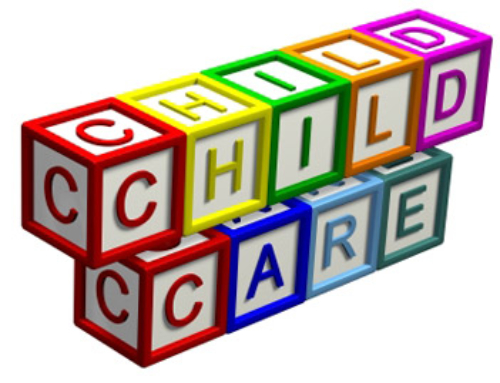
Building attachment is the most critical element of transitioning to new care. If your child doesn’t have a good attachment with his or her caregivers then care will be problematic for an extended period of time. For some kids, they naturally attach to others, but some are shy or struggle with separation and require extra time. How long it takes for your child to build this attachment will not be the same as other children, and if you have a higher-needs child to start with, this process can take a fair bit of time.
For most children, two to three weeks is an average time to build up enough of an attachment to feel comfortable with someone. For higher-needs kids, this can look more like six to eight weeks. I realize the strain this can put on the situation, but I point it out because you should go in with realistic expectations. Of course, this is also dependent on having one caregiver your child needs to attach to at the start. If you cannot get this primary person, the process can take much longer.
Assuming you have the one person, you need to cater your visits and time with them in a way to bolster attachment. This is not done by just handing over your child to the person, but by understanding what builds attachment, and using that to your advantage. First, your child will look to you for cues to how they should respond to a given carer. This means that if you are comfortable with the person and engage with them, your child will be more comfortable than if you weren’t (it does not mean they will be immediately comfortable though). The early stages of contact should include you, the carer, and your child. Obviously this is easiest for care types that are more individual and done at your home, but it is possible otherwise if the people are willing. If you are using a centre-based care, this is hardest (often because of rules in the centre), but you can be clear this is necessary for your child and see what you can negotiate. Go in with your child and spend 10 minutes with the primary carer there then the rest of the time with just your child and check in with the primary whenever possible. If your child has a question about the toys, direct them to the primary carer to ask. If your child wants to play a game, see if the primary can join in for a bit. And always make sure to greet and say goodbye to the primary each time you come in with your child during the transition period.
Once you can sense that your child is more comfortable with the primary, you can start to leave the room for periods of time. Start slow and just go to the bathroom or get some water and give your child a few minutes with their primary. Then return. Typically, children will do okay the first time you do this, but may become resistant the second time. To avoid this, the key is not to move too quickly with building up time; if you rush to increase time, your child loses trust and you can end up back at square one. I often recommend leaving for no more than five minutes to start the first few times (possibly more for high-needs kids). This builds up the pattern that you are returning which is essential to your child’s comfort level. Once your child is comfortable with you leaving for five minutes then you can increase it to 15 then 30 then 60, basically doubling the time every few days.
During this period apart, there are bound to be times when your child wants you and asks for you. This is where many daycares fail the child as the focus is typically to see if they can ‘get the child through it’. Sadly, this doesn’t end well, especially for higher-needs kids. Part of building up attachment and trust is knowing that this person will not keep you from the people who make you feel safest. Think about it yourself – if you were in a new environment and you were scared and someone refused to get you your partner/parent/child, would you trust them? Probably not, no matter how nice they were. The key for many kids is to have someone that listens to them and this means someone who will call or get the parent during this early transition time. You will likely have to be very clear on this with whoever the carer is (even family). No matter what, they are always to contact you if your child asks, even if it’s just a phone call so your child can hear your voice. When a child knows the carer is responsive to this very great emotional need, they will be more likely to trust this carer over time and less likely to ask for you. It can seem frustrating at first as some kids will want to call/reach out daily, but in the long-run it builds attachment and greater security in this new environment (which should be everyone’s overarching goal).
If your child is too young to voice this, you should have a set time in terms of distress before they contact you. I am expecting that a distressed child will be comforted and responded to regardless, but if it goes on for longer than a time you’re comfortable with – and no longer than 30 minutes – then they should contact you to return.
The main thing to remember here is that if you were graphing progress in the transition period, the early part can look pretty flat. That is, you don’t want to set up times apart from your child until they are comfortable with this new carer and this means that you will be doing the same thing of being with your child for a week or two (or more – it’s child-dependent) and then once the attachment is built, the transition period takes off. A child who has a secure base can allow you to leave for ever-increasing times and be comfortable with it. Thus the hard work is at the start and the rest can happen pretty quickly afterwards.






Leave A Comment